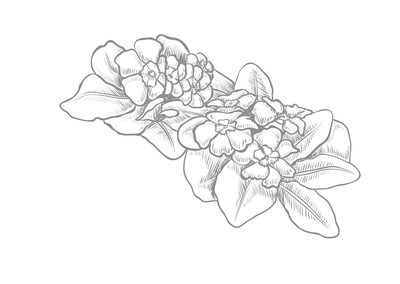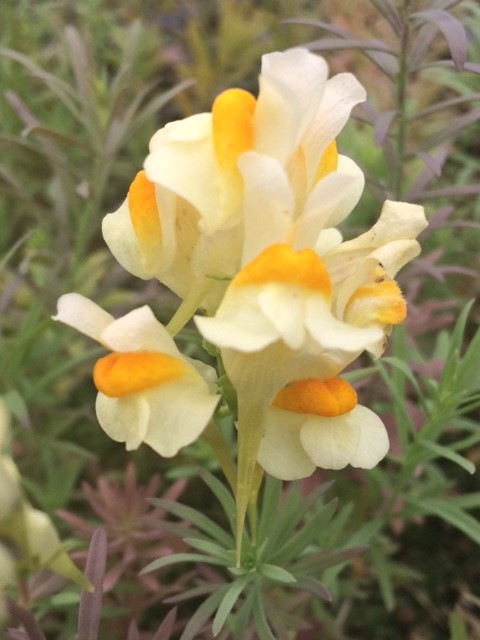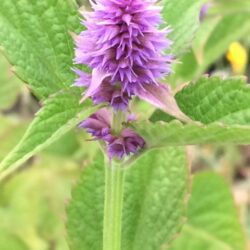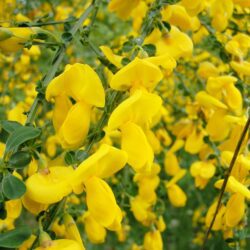Description
Known as Common Toadflax, Yellow toadflax or butter and eggs, The plant is widespread on rural spots, along roads, in dunes, and on disturbed and cultivated land. Because the yellow flower is largely closed by its underlip, pollination requires strong insects such as bees and bumblebees. While most commonly found as a wildflower, toadflax is sometimes cultivated for cut flowers. This plant has also been used in folk medicine for a variety of ailments. A tea made from the leaves was taken as a laxative and strong diuretic as well as for jaundice, dropsy, and enteritis with drowsiness. For skin diseases and piles, either a leaf tea or an ointment made from the flowers was used In addition, a tea made in milk instead of water has been used as an insecticide. It is confirmed to have diuretic and fever-reducing properties.
A perennial plant, common toadflax has an extensive root system that grows with sprawling horizontal roots. Yellow toadflax has winged seeds however most fall within 2m of the plant and aren’t carried far.















